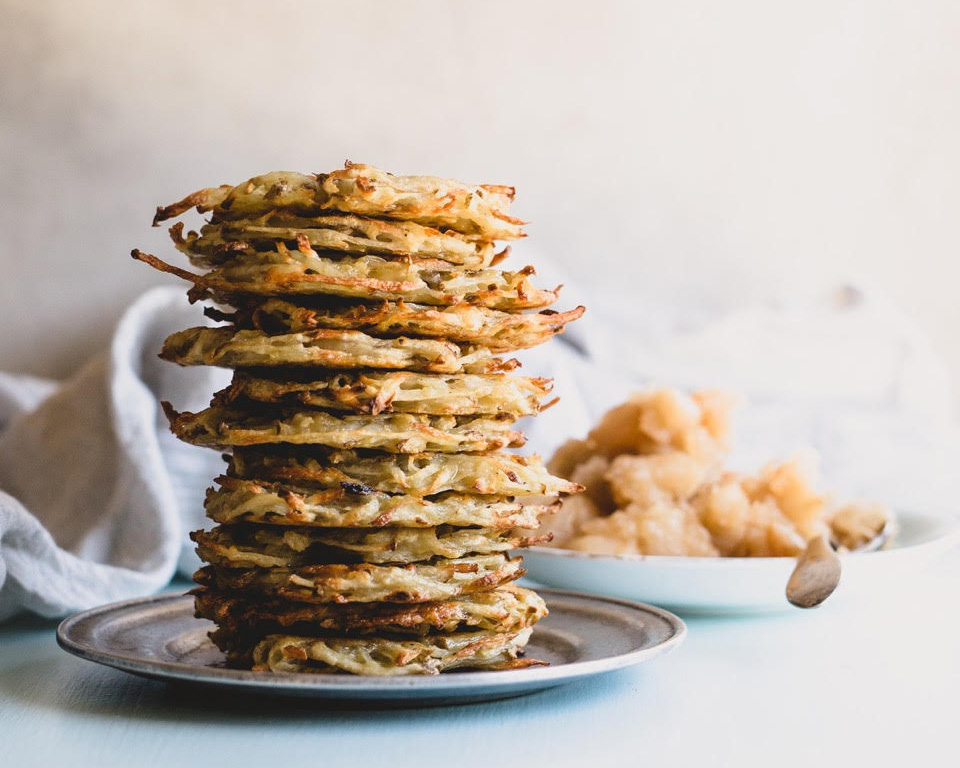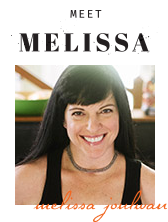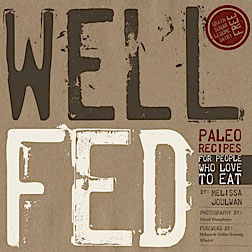In each issue of Paleo Magazine, Steph Gaudreau and I bring you the story of a traditional recipe and adapt it to fit into a...
Read MoreOven-Fried Potato Latkes (Paleo)
In each issue of Paleo Magazine, I team up with Steph Gaudreau to bring you the story of a traditional recipe and adapt it to fit into a healthier Paleo lifestyle. (I make the food; she makes the gorgeous photos.)This time, we’re exploring the delicious contradictions of Hanukkah potato latkes.
In Honor of Oil
How did a fritter—made from a root vegetable originally found in South America—become the centerpiece of the Hanukkah table in the United States? The answer involves a conquistador, a French scientist, miraculous lamp oil, Catherine the Great, and a beheading by a woman named Judith. That is a lot of drama for a humble potato pancake. Let’s dig in!
Because freshly fried potato latkes are a traditional part of the Hanukkah celebration, we’ll start with a greatly simplified summary of the Hanukkah story: In 168 B.C. a Jewish temple was besieged by Syrian-Greeks and dedicated to the worship of Zeus. The Jews rose up and eventually regained control of the temple. They wanted to rededicate it to God by lighting a menorah, but found they had only enough oil to last one day. To their delight, the oil in the menorah burned for eight days. To commemorate this miracle, Hanukkah is celebrated by lighting the candles in a menorah every day for eight days—and by eating fried foods. Like potato latkes.
Now let’s get to the beheading! According to the Book of Judith—included some versions of the Bible—our heroine seduced an invading general named Holofernes with an irresistible buffet of wine and fried pancakes. As he drifted into a stupor, she lopped off his head with a sword and carried it away to terrify his troops. The Hebrews were triumphant, and Judith’s pancakes went down in history. But, according to the story, her fritters were made of cheese, so when did potatoes enter the picture?
In the sixteenth century, Spanish conquistador Gonzalo Jimenez de Quesada arrived in what’s now Columbia, expecting to find gold. He discovered potatoes instead and brought them back to Europe. But the first potatoes planted in European soil were a bitter, watery failure until they became a lifeline for a French scientist named Antoine-Augustin Parmentier. Locked up in a Bavarian prison camp, Parmentier survived by eating potatoes and upon his release, he became a potato promoter—and the tubers’ popularity took root in France.
By the late eighteenth century, to stave off famine brought on by repeated crop failures, Catherine the Great of Russia ordered the planting of potatoes, and they became a staple food across eastern Europe. Rich in starch, as well as vitamin B6, potassium, copper, vitamin C, manganese, and antioxidants, potatoes nourished and nurtured the Jewish population of eastern Europe. Potato latkes—fried in oil—became a cornerstone of the Hanukkah table. By the end of the nineteenth century, immigration brought latkes to the United States, and the 1889 cookbook Aunt Babette’s Cookbook: Foreign and Domestic Recipes for the Household was one of the first to feature a recipe for potato latkes.
You don’t have to celebrate Hanukkah to enjoy these irresistibly crisp potato fritters. They’re a delicious side dish for roasted meats or burgers and taste great plain or with a topping of not-too-sweet apple sauce, like my Caramel-Apple Applesauce (paleo and Whole30 compliant). Traditional potato latkes follow a very simple formula of ingredients—shredded potatoes, onion, egg, and a binder like flour or matzo crumbs—fried in oil until they’re crisp. For our version, we’ve replaced the deep fryer with a blast of heat in the oven—and the matzo with potato starch—so the latkes are still very crisp, but paleo-friendly and easier to prepare.

Oven-Fried Potato Latkes
Serves 2-4 | Prep 15 minutes | Cook 25 minutes
Ingredients:
1/4 cup fat, melted: duck fat, pastured lard, light-tasting olive oil
1 pound Russet potatoes, cut lengthwise into quarters
1 large (8 ounces) onion, peeled and cut into quarters
2 large eggs
1/2 cup potato starch
1 teaspoon salt
1/4 teaspoon ground black pepper
Directions:
Prep. Preheat the oven to 425F. Line two large baking sheets with parchment paper. Melt your fat of choice in a saucepan over medium heat, then use a brush to lightly coat the parchment paper. Set the baking sheets and remaining melted fat aside.
Make the batter. Grate the potatoes and onion using a food processor fitted with a coarse grating disc. Transfer the veggies to a clean dish towel and squeeze, wringing out as much of the liquid as possible. Then quickly transfer the mixture to a large bowl and add the eggs, potato starch, salt, and pepper to the bowl, and mix well.
Shape the latkes. Use a tablespoon measure to scoop out heaping tablespoons of batter. Drop the batter onto the parchment paper and use a spatula to gently flatten into a disc. Repeat until you’ve used all the batter, then brush the tops of the latkes with some of the melted fat.
Bake and serve. Bake the latkes until crispy and brown on top, about 15 minutes, then flip and bake another 10 minutes. Serve the latkes warm with a dab of Caramel-Apple Applesauce on top.
More Like This...
In each issue of Paleo Magazine, I team up with Steph Gaudreau to share the history of a traditional recipe and adapt it to fit...
Read More




Just want to say I love your story, I love your books (I have both Well Fed and Well Fed 2). You are an inspiration, and your recipies are amazing! I have made one of your roasts many times, and I am going to try these potato latkes!
Thank you so much! I’m glad you’re enjoying the recipes — and thank you for buying our cookbooks. We appreciate the support!